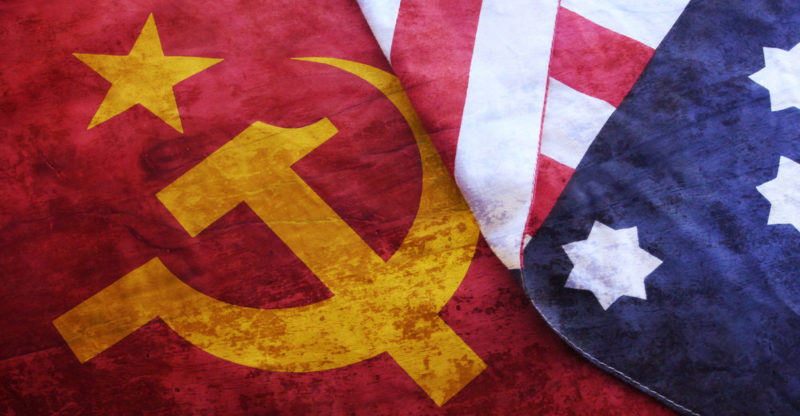We explain what the Cold War is, the blocks into which it is divided and its technological career. In addition, its characteristics, consequences and more.
What was the Cold War?
The Cold War was a period of tension between the United States and the Soviet Union that lasted between the end of World War II (1945) and the fall of the Berlin Wall (1990). This tension was caused by two opposing economic and social systems: capitalism (supported by the United States) and communism (supported by the Soviet Union ).
It is called “cold” because this conflict never led to an official armed confrontation between the two countries. However, the confrontations occurred through subsidiary wars, that is, armed confrontations in peripheral countries (countries that are not world economic powers). In these subsidiary wars, both the United States and the Soviet Union intervened by offering financing, training, strategic information, and weapons to local factions, and in some cases even contributing their troops.
Depending on whether one or the other faction won, the country would later be aligned with the United States (with a capitalist regime) or the Soviet Union (with a communist regime). These clashes claimed millions of lives and destroyed economies that in many cases could not recover. So, despite being an officially “cold” war, over the decades it accumulated consequences as severe as a world war.
The Cold War was also an ideological war since capitalism and communism are based on opposite principles:
- The capitalism. It is based on the right to private property and investment with the objective of obtaining economic benefits. Ideologically he defends individual initiative, based on the principle of freedom and criticizes communism for restricting that individual initiative.
- Communism It is based on the common ownership of the means of production and therefore the equitable distribution of its benefits. He criticizes capitalism for being based on the exploitation of the working class for the benefit of a few individuals who accumulate capital.
Cold War Features :
Two blocks
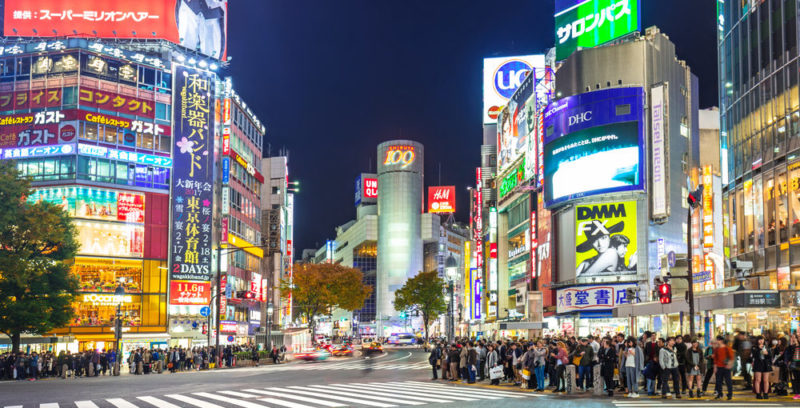
The confrontation of the Cold War was not only between the two powers but in two blocks of countries led by each of the powers. These two worlds were called:
- First World . Led by the United States, it is characterized by having a mixed capitalism system, that is, private investment is promoted at the same time as there is some public investment. Along with capitalism aconsumer society is established. The political system isparliamentary democracy . In the First World there are also the countries of Europe and Japan .
- Second World. Led by the Soviet Union, it is characterized by a socialist economic system, which limits or prevents private investment. Consumption capacity is low but there is less difference between the richest and poorest sectors. The exception is usually the political class. In the Second World there are also China , North Korea, Vietnam and Cuba.
- Third World . This expression, currently associated with countries withlimited economic development , was born during the Cold War to refer to countries not aligned with either capitalism or communism. During the Cold War, these countries were the ones that suffered peripheral wars, or were dominated by dictatorships economically supported by theSoviet government or by the US government. These events left local effects that continued after the Cold War, creating economies dependent on the powers.
The tech race
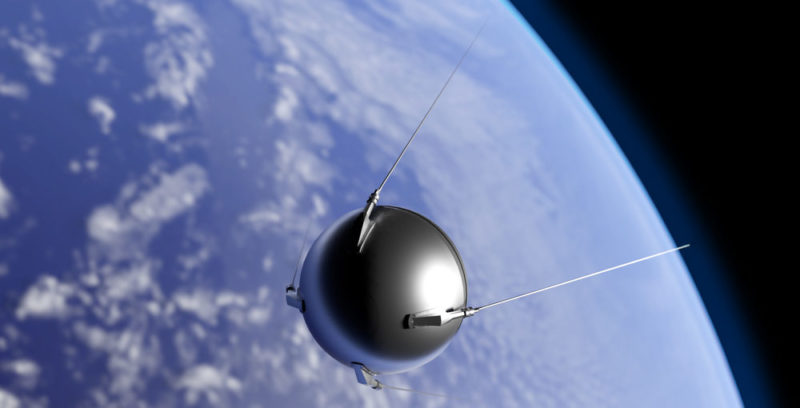
The peripheral wars allowed the two great powers to measure their military capabilities . They were constantly trying to outdo each other in technology and power, in the so-called ” arms race .” The development of nuclear energy was associated with this competition, as well as the exploration of space, called the “space race”. Some of the technological developments that marked these races are:
- R – 7 Semiorka. First ICBM, developed by the Soviet Union.
- LGM – 30 Minuteman. First nuclear intercontinental missile, developed by the United States.
- Sputnik. First artificial satellite, launched in 1957 by the Soviet Union.
- Apollo 11. First manned mission to the Moon , developed by the United States in 1969.
Korean war
Since 1945 the Korean peninsula has been divided into North Korea, under the communist regime, and South Korea, under the capitalist regime . This division occurred from the invasion of communist China and the support of part of the local population .
The Marshall Plan
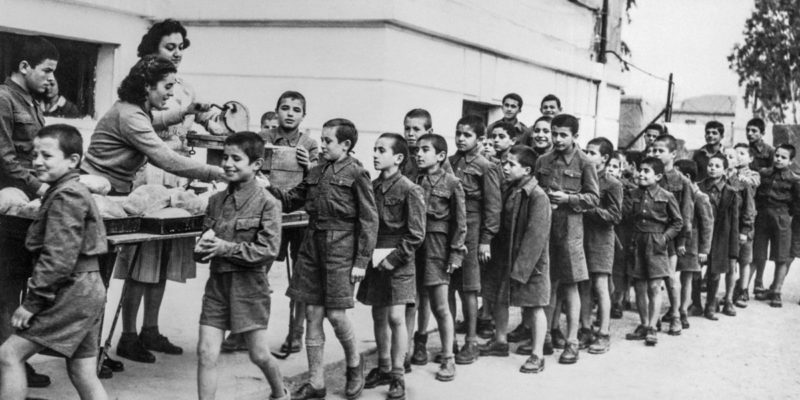
Because all the European powers suffered in their own territory the Second World War , the United States was the only power involved in the conflict that was not devastated.
Due to its interest in preventing the economic crisis from leading European countries towards communism, the United States government developed the Marshall Plan in 1947, which consisted of a series of economic aid destined for the reconstruction necessary after the war.
NATO

NATO is the North Atlantic Treaty Organization . It was founded in 1949 and made official the United States’ commitment to militarily defend Western Europe, that is, the European countries belonging to its bloc.
Cuba
Cuba is the only Latin American country that in 1959 managed to establish a socialist regime outside the influence of the United States , through a revolution . This was a major blow to the neighboring country, since in 1960 all US companies were nationalized, that is, they were taken from foreign private hands and were administered by the Cuban State. In retaliation, since 1962, the United States established a trade embargo on Cuba that continued until 2014 when it began to be lifted.
Subsidiary wars
Also called “peripheral wars”, in these warlike conflicts the communist and capitalist powers measured their forces and tried to add new territories to their bloc , supporting the local factions in conflict with economic resources and weapons.
- Greek civil war
- Vietnam War
- First Afghanistan War
- Lebanese civil war
- Angolan War
- Indo-Pakistani War
- Gulf war
People’s Republic of China
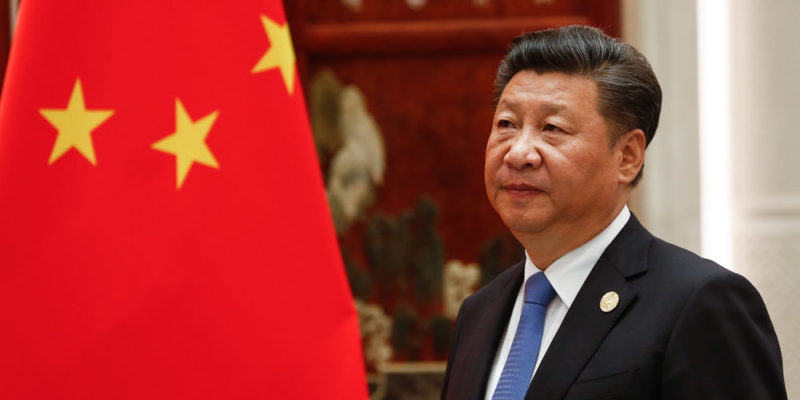
In 1949 the Red Army (communist force) defeated the Kuomintang army (backed by the United States) and founded the People’s Republic of China, with the backing of the Soviet Union. Although the Cold War ended with the fall of the Soviet Union, this enormous power continues to this day ruled by the Communist Party.
Separation from Germany

Since Germany was defeated in World War II , the Allies imposed a series of conditions on it, among which were an occupation of its territory between the United Kingdom , the United States, France and the Soviet Union. Since three of these countries were capitalist and the Soviet Union communist, the competition for influence developed with special intensity in this territory. From this bipolarity two different German countries were created in 1949:
- German Federal Republic, under the influence of the United States.
- German Democratic Republic, under the influence of the Soviet Union.
- Berlin: city that remained divided into both administrations, such as West Berlin and East Berlin. This division is responsible for the construction, in the early 1960s, of the Berlin Wall. It was destroyed in 1989.
Consequences
The Cold War came to an end with the dissolution of the Soviet Union in 1991, although this did not spell the end of communism. This confrontation had various consequences:
- Economic growth of the First World and the Second World and indebtedness of the Third World.
- Strengthening of the middle classes in the powers involved.
- Technological and arms development in the powers involved
The above content published at Collaborative Research Group is for informational and educational purposes only and has been developed by referring reliable sources and recommendations from technology experts. We do not have any contact with official entities nor do we intend to replace the information that they emit.
